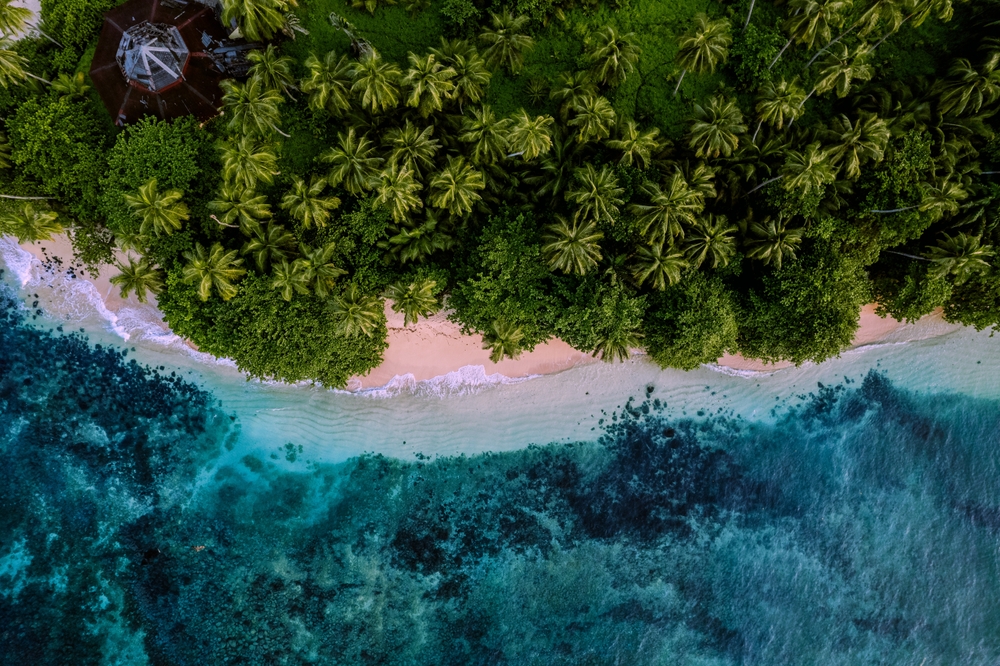São Tomé and Príncipe, a small island nation in the Gulf of Guinea, is renowned for its rich biodiversity, much of which is protected within the country’s primary national park: Ôbo National Park. The national parks in São Tomé and Príncipe play a crucial role in conserving the island’s unique ecosystems, which host a remarkable number of endemic species due to the islands’ isolation and varied landscapes.
Ôbo National Park, established in 2006, is the only national park in the country, covering significant portions of both the main islands of São Tomé and Príncipe. It protects the islands’ pristine rainforests, mangroves, and coastal ecosystems, making it one of the most ecologically diverse parks in Africa. The park is home to an array of wildlife, including many endemic species. For example, the São Tomé ibis, São Tomé giant treefrog, and São Tomé fiscal are found nowhere else in the world. Additionally, the park’s dense forests provide refuge for endangered species like the African grey parrot and various species of monkeys. Its coastal and marine ecosystems are vital for marine life, including sea turtles and migratory birds.
However, Ôbo National Park faces a number of challenges. Deforestation and habitat loss caused by agriculture, logging, and human settlement are significant threats to the park’s ecosystems. Illegal hunting also poses a danger to some of the wildlife, particularly birds and primates. The island’s isolation and lack of resources make it difficult to implement effective conservation strategies, and invasive species have further complicated conservation efforts by outcompeting native species for resources.
Despite these challenges, national parks in São Tomé and Príncipe remain vital to preserving the islands’ biodiversity. Conservation efforts are ongoing, with international support helping to strengthen protection measures and promote sustainable eco-tourism. Ôbo National Park is a cornerstone of the country’s commitment to conserving its unique natural heritage for future generations.










































































